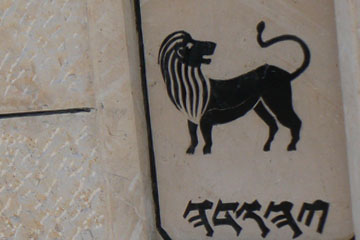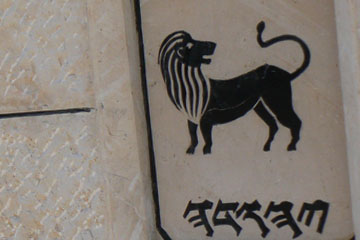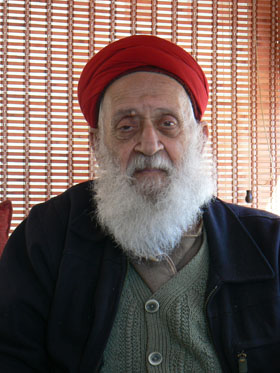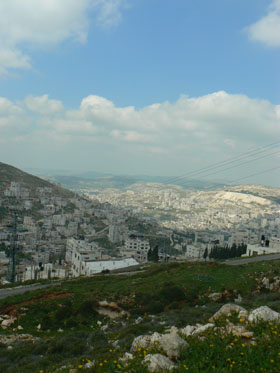
Photo: Sarah Irving
For millions of people across the globe, Passover and Easter have become quiet, family-oriented festivals – or have degenerated into a long weekend and an opportunity to eat too much chocolate.
But for the Samaritan community, most of whom are split between Mount Gerizim in the Palestinian West Bank and Holon, outside Tel Aviv in Israel, Passover is a much more dramatic – and bloody – affair.


